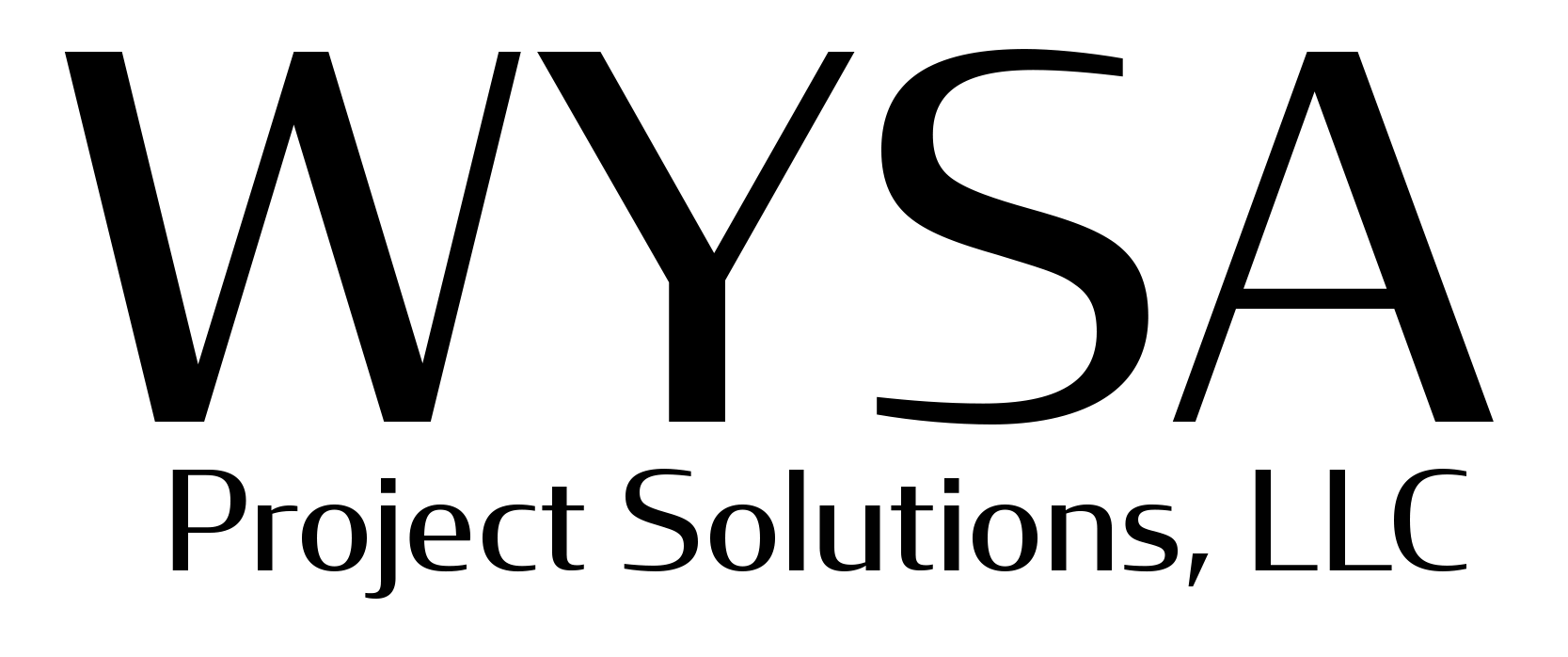Steppin’ Up
The past twenty some years seem to have flown by at hypersonic speed. Technological change has made me dizzy. Videoconferencing meetings used to be expensive and just limited to executive teams. Zoom meetings for staff or book clubs can now be accessed at no cost. Just as I get used to all of the features on my iPhone a new model comes out and I’m asking my nephews to come by and explain the new features. It’s hard to keep up. Advances in knowledge and technology have come faster than our ability to adapt. Exhaustion is global. People are folding their arms, planting their feet, and saying “no more!” In the long ago times Socrates opined that “the secret of change is to focus all of your energy, not on fighting the old, but on building the new.” Yeah…he’s right but it’s 2023 and we’re just coming out of a pandemic. There’s not much energy left to fight or embrace or to focus for that matter.
In contemplating recent assignments I’ve looked at situations, taken a deep sigh, thought “change is so hard”, and wondered if I should just opt out. Change that needs to be made can appear as if you are facing a Terracon Transformer, but as they say, the journey to get to a different place begins with the first step. And although the change may indeed need to be sweeping, in order to be successful, it must start with small, manageable, carefully orchestrated micro initiatives. Slow, steady, and persistent…baby steps.
For the sake of conversation let’s say that an organization decides to adopt an electronic workflow system. The vendor suggests that the implementation will only take about six months. The reception to the implementation, which will involve additional work for everyone, has been met with skepticism and maybe overt resistance. An implementation plan has been developed that matches the timeline suggested by the vendor. During these times of high anxiety and widespread staffing challenges I’m suggesting that the timeline be elongated, that the phases and steps outlined by the vendor be broken down into smaller increments, and that the implementation schedule is doubled. Baby steps. A slower road to desired productivity gains, but one that will ultimately result in a more sure-footed and effective implementation process.
Incorporating change has always been hard, but right now it’s feels like it’s bone-crushing. It’s time to slow the pace down and obsess more on getting things right. Staff should be allowed time to contemplate (focus on) the changes and pace themselves to develop the requisite organizational strength to transition to a new system, or a new structure, or a new initiative. They should be given plenty of “wobble time” to play with the system and get comfortable with it before the change has been declared to have been made. This approach is an imperative these days. The failure rates for change adoption are notoriously high, so why not take more time up front to develop more confidence while “building the new”?
Slower productivity might appear to be a non-starter in our nano-scaled world, but the long-term results will prove to be worth it. The hyper-fast rates that businesses were running at, a faster better cheaper mode that we were all buckling under in pre-pandemic years, can’t be sustained right now. Too much pressure, too much anxiety, too much change in the universe and metaverse. It’s time to slow things down. Allow the change to be digested at a reasonable pace. Smaller, surer, persistent baby steps will get us all up and running.


We'll find the right solutions for you.
Providing strategies to address procurement and organizational management challenges
CONTACT US
(310) 569-7671
8939 S. Sepulveda Boulevard
Suite 110/#304
Los Angeles, CA 90045
USEFUL LINKS
STAY INFORMED
You need a helping hand with your project?
We will get back to you as soon as possible
Please try again later
All Rights Reserved | WYSA Project Solutions, LLC
